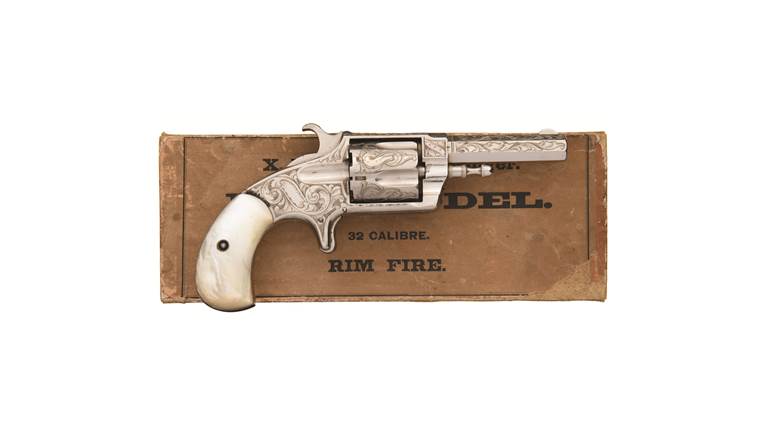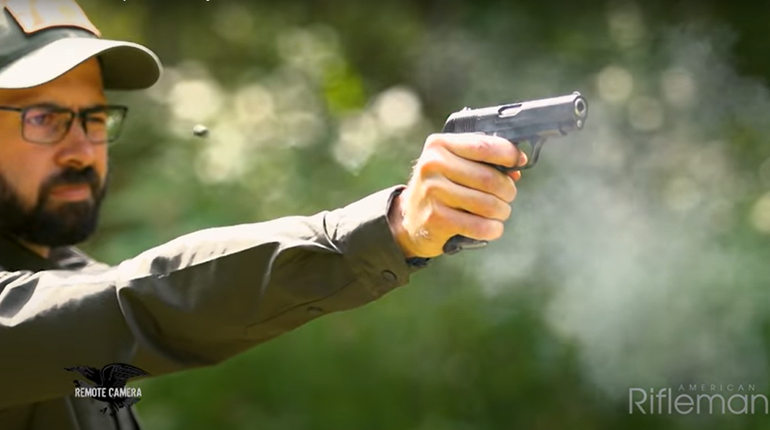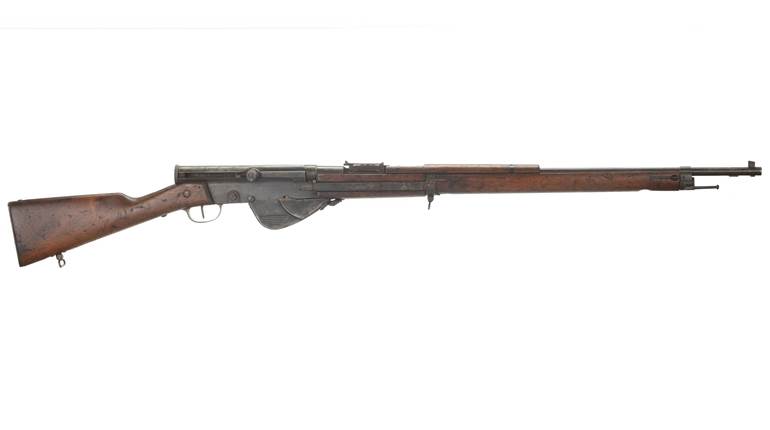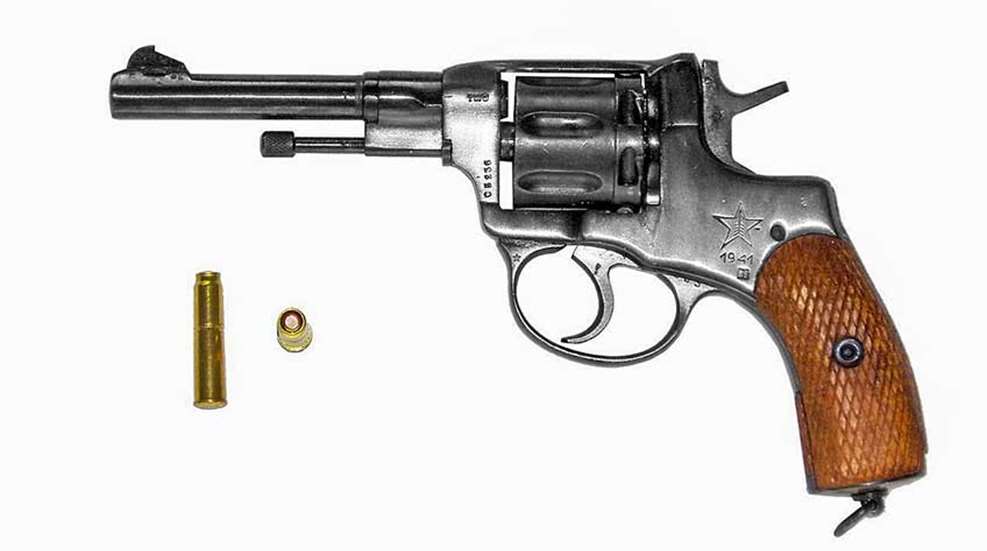
One firearm in particular was his favorite. He called it his “Russian revolver,” later I’d know it as his Model 1895 Nagant revolver. Like many octogenarians, Ivan’s hands had lost the steadiness of his youth. Typically his target would be 10 yds. downrange, and if he kept all seven rounds from a cylinder on the paper, it was a good day. Ivan had but one tooth in front, and it was top dead center in his mouth.
One day, he smiled at me with that single tooth after seeing seven holes in the target and said proudly, “I shot over 20 Germans with my Russian revolver in the war.” He then set about showing me the uniqueness of the Nagant revolver, how when it was cocked, the cylinder was moved forward sealing the gap between barrel and cylinder.
Léon and his brother Émile Nagant founded a gun-making company, Fabrique d'armes Émile et Léon Nagant, later known as L. Nagant & Cie, Liège in 1855. Originally, the brothers were more interested in building a metal fabrication company, but the lure of better money spurred from a visit by Samuel and Elijah Remington turned them into gunmakers.
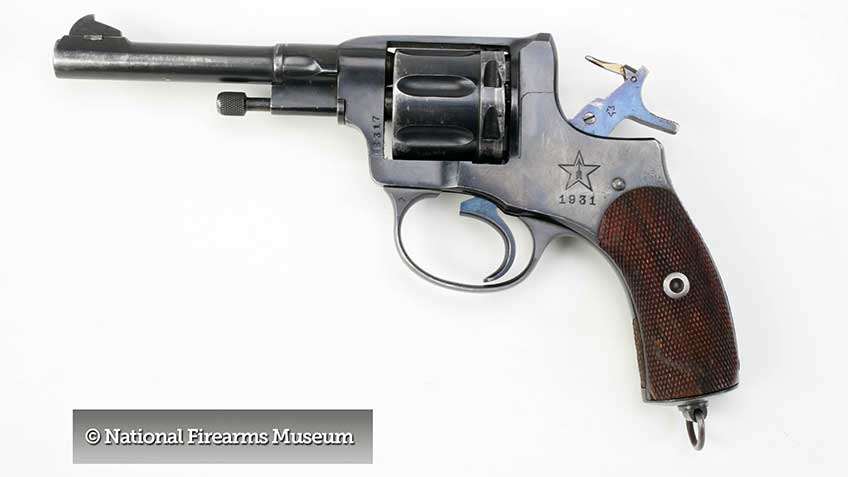
The story was that Czar Nicholas was looking for something to replace the Smith & Wesson Model 3 revolver as Russia’s military pistol. By that time, the Nagants had been involved in the development of several revolvers for countries including Argentina and the Ottoman Empire.
Smokeless powder had recently been invented and was taking the firearm world by storm during the 1890s. Like many others, Czar Nicholas was fascinated by the notion of an arm more difficult to spot on the battlefield and that carried more power-per-gram in its payload. The idea being that if a soldier had something lighter in weight with more power along with more rounds available, his effectiveness would increase immeasurably.
One feature Nicholas particularly liked was the capability of the revolver to seal the chambers from the cylinder to the rear of the barrel, thereby further shielding the revolver’s cylinder gap and preventing the release of propellant gases. It was claimed that this approach added some 75 f.p.s. to the velocity of an otherwise conventional cartridge. After trials, tribulations and revisions what came about was the Model 1895 Nagant revolver.
On the plus side, the Model 1895 has a seven-shot cylinder, a 4.5” barrel and weighs just 1.75 lbs. However, on the minus side, its cartridge—the 7.62×38 mm R with its 108-grn. bullet at 1,100 f.p.s. and 290 ft.lbs. of energy—is a bit anemic. Some military surplus ammo clocks at 1300 f.p.s., but most loadings are milder.
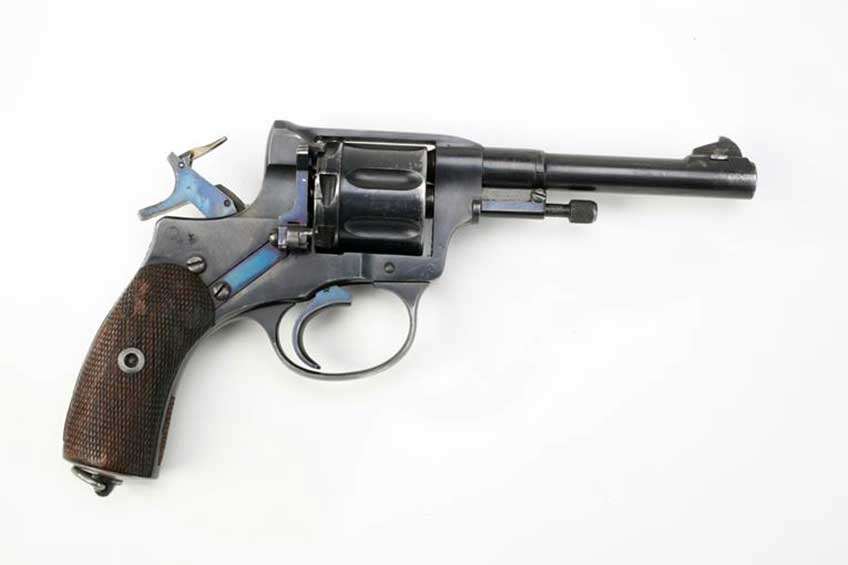
The cartridge is rather novel in that the case extends beyond the nose of the bullet. When fired, the mouth of the case extends into the forcing cone of the barrel, sealing the barrel-cylinder gap fairly effectively. Ammo—both newly loaded and military surplus — is available, but it may take some searching to find it. My search for reloading dies came up empty.
During its first 23 years, the Model 1895 Nagant was available as either a single or double-action revolver. Double-action 1895s went to Russian officers, and the single-actions went to the rest. Likely as not, the strain of wartime production made simplifying the design to double action necessary.
Another innovative feature was the transfer bar system in the 1895 Nagant. Many of us think it was invented by Smith & Wesson or Ruger, but in fact the Nagant brothers developed and incorporated the transfer bar, allowing for all seven chambers to be loaded without the firing pin touching or threatening to discharge the revolver without the trigger being pulled completely through its cycle.
The barrel featured an enlarged section at the rear that tapered into somewhat of a cone at the forcing cone. In other words, there are two cone shapes at the rear of the barrel, one is external and the other internal. The external taper corresponds to a section at the front of the cylinder to seal the junction.
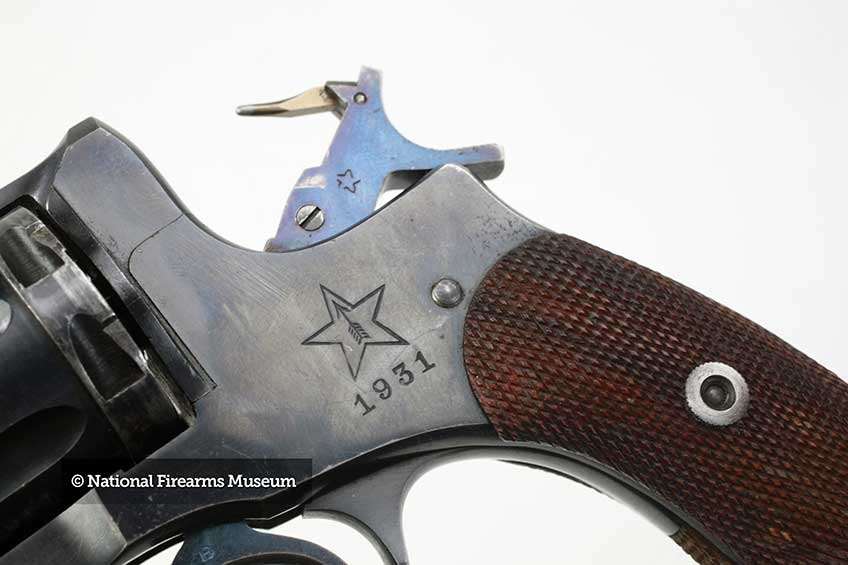
When fired, the aforementioned brass cartridge case mouth opens just inside the forcing cone, effectively sealing it. Forward of the enlargement on the barrel, it is turned down to lighter proportions, and a fixed-blade type sight is dovetailed into an integral base. The rear sight is a groove in the topstrap.
From a design standpoint, the 1895 Nagant has quite a few interesting components. The firing pin is extraordinarily long, with a curved belly to it. It almost resembles some backwoods blacksmith’s attempt until you realize how far it had extend to reach the cartridge primer. As the revolver is cocked, the cylinder is advanced one chamber, and after that is completed, the entire cylinder is moved forward to activate the sealing system in the barrel-cylinder area.
With all the thought and innovation that went into sealing the barrel-cylinder gap, there was an equally opposite amount of effort that went into reloading the revolver. The method was much like that used on our single-action revolvers whereby the loading gate was opened and an extractor rod was pushed to the rear of each chamber in the cylinder, one at a time. A V-shaped mainspring powered the hammer and was covered by checkered walnut stocks.
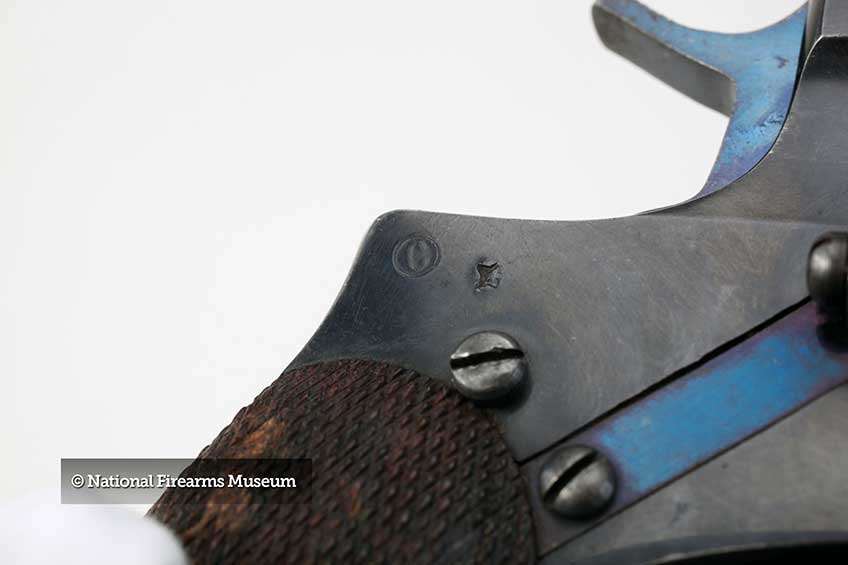
At the bottom of the grip frame is a lanyard loop. Trigger pulls are notoriously heavy, in no small part due to having to move so much metal against metal to complete the firing cycle, thus making field accuracy something less than desired. Nonetheless, the Model 1895 Nagant is a robust and reliable revolver that served through two world wars, and not a few were seen in the Korean and Vietnam wars. Records are sketchy, but total production was just shy of two million copies.
The Model 1895 Nagant revolver is another fascinating offshoot of firearms development. Some things like the sealing system and the transfer bar were ahead of their times. On the other hand, the loading and unloading of single rounds via a loading gate was obsolete the day the first revolver was produced. Looking back, I wish I had spent more time with Ivan and listened more attentively to his stories of his revolver.












